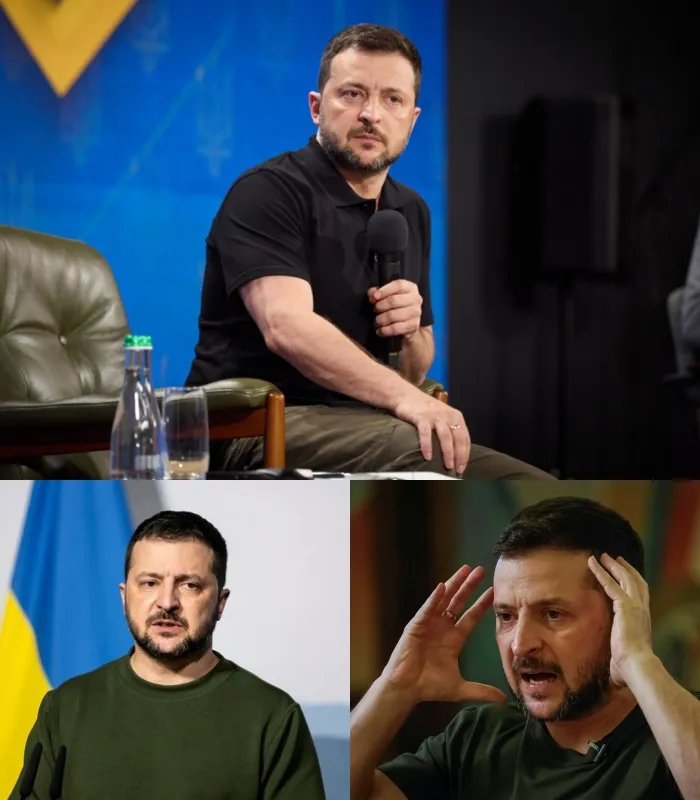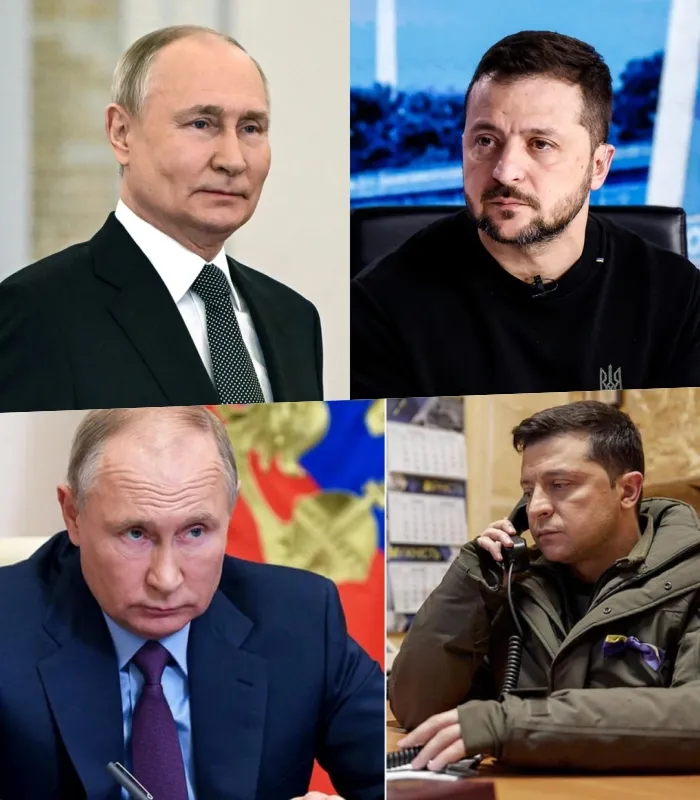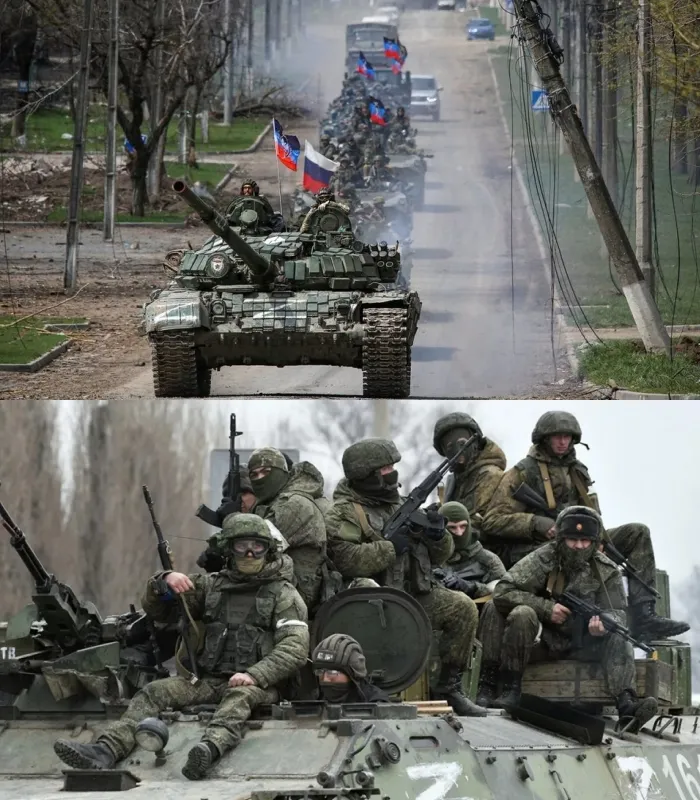
In the rapidly evolving landscape of the Ukraine war, Ukrainian President Volodymyr Zelensky is making bold moves on the battlefield, driven by the looming specter of the 2024 US presidential election. This period is perhaps the most dynamic since the conflict began, with Ukraine pushing all its chips onto the table in an attempt to shift the war’s momentum before the US election potentially alters its trajectory.

Ukraine’s Escalating Tactics
Since the surprise incursion into Russia’s Kursk region in early August, Ukraine has shown an increased willingness to take risks. Reports indicate that Ukrainian forces have captured 100 Russian settlements, and there are emerging signs of attempts to breach the Belgorod region. This incursion, initially viewed as a shock maneuver, is now developing into a long-term strategy. Kyiv, however, insists that its goal is to create a buffer zone rather than seek revenge through occupation.
Despite the Kremlin’s efforts to redirect 30,000 troops to counter this incursion, the Russian response has been largely ineffective, a fact that underscores the growing vulnerability of Russian defenses. This bold strategy by Ukraine is part of a broader pattern of targeting Russia’s infrastructure, with attacks on airfields, oil refineries, and ammunition hubs becoming a daily occurrence. A Ukrainian drone recently reached close to Murmansk, a key naval hub for Russia’s nuclear submarines, highlighting the expanding reach of Ukraine’s military capabilities.
The Impact of NATO’s Support
A significant development in Ukraine’s arsenal is the introduction of NATO F-16 fighter jets. Zelensky hinted at their effectiveness, suggesting that these jets intercepted Russian missiles. This new capability is expected to further challenge Russia’s control of the skies, which has been one of Moscow’s few remaining advantages. While Russia has responded with strikes on Ukraine’s energy infrastructure and civilian targets, the damage has been relatively contained, with Kyiv reporting high interception rates.

The Kremlin’s Stagnation
While Zelensky appears to be making bold moves, Russian President Vladimir Putin seems to be stuck in a pattern of repetitive responses. The Kremlin has portrayed the situation in Kursk as a natural disaster rather than a military failure. Moscow continues to focus on its narrative of foreign mercenaries aiding Kyiv, while Russian missiles target Western journalists and other non-military targets.
Despite these setbacks, Russia’s overarching goal remains within reach. Tens of thousands of Russian troops are advancing on the Ukrainian military hub of Pokrovsk, following the capture of Avdiivka in February. The fall of Pokrovsk seems imminent, and with it, Ukraine’s defense line could crumble, leaving the city of Dnipro vulnerable to Russian advances.
Zelensky’s Calculated Gamble
Zelensky appears to be aware of the risks involved in his strategy. The potential loss of Pokrovsk, though significant, is seen as an acceptable sacrifice if it means inflicting greater damage on Russia’s borders and infrastructure. This approach serves two key purposes: maintaining the support of NATO allies by demonstrating Ukraine’s resilience, and bolstering the morale of Ukrainian forces amid the challenges of a protracted conflict.
The intertwining of Ukraine’s military strategy with US politics is evident. Zelensky has announced plans to present his strategy to US President Joe Biden and other key political figures in September, likely aiming to secure continued support for Ukraine. By positioning the conflict as a critical issue in the US election, Zelensky is betting that a hardline stance against Russia will remain a priority for US leaders.

A New Paradigm in the Conflict
A notable shift in the conflict is the diminishing threat of Russian escalation. The Kursk incident has exposed the limitations of Russia’s conventional military power and undermined the credibility of its nuclear threats. While the possibility of nuclear escalation cannot be entirely dismissed, Putin’s diminished authority suggests that Russia may be less inclined to take such drastic measures.
Zelensky seems to have identified a critical window of opportunity. He recognizes that after the US election, the geopolitical landscape could shift dramatically, potentially forcing Ukraine into an unfavorable peace settlement or eroding NATO’s cohesion. In the weeks ahead, Zelensky is willing to take significant risks, including leaving large areas of Ukrainian territory vulnerable, in the hope of forcing Moscow to reconsider its strategy.
As the Ukraine war reaches a pivotal moment, Zelensky is taking calculated risks with one eye on the US election. His strategy reflects a determination to achieve tangible results before the political winds shift, potentially altering the course of the conflict. The stakes are high, and the outcome remains uncertain, but Zelensky’s bold approach could reshape the future of Ukraine and its place in the global order.






